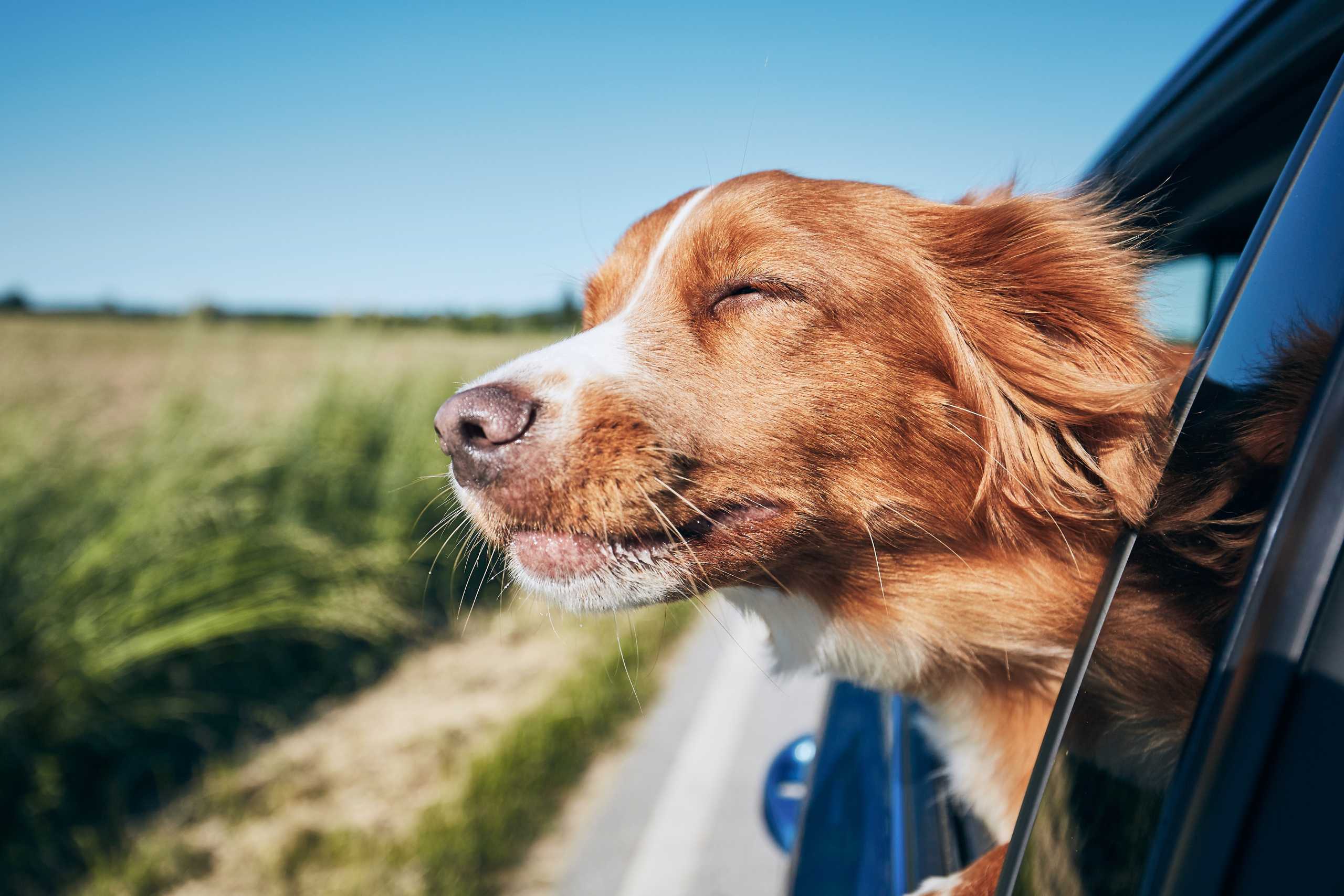To-dos before you travel
When travelling with your pooch, you’ll need to take care of their pre-holiday checklist as well as your own. This includes making sure they’re up-to-date with their vaccinations and health checks, and have any documentation they may need for travel. If you’re unsure what to look for, then the Jetpets team can help you out.
Packing for your pup is another important preflight to-do. First up, you’ll want to stock up on their favourite treats and food to eat while they’re away from home. Bowls and toys are also important to bring along, as being in unfamiliar places can be stressful for dogs, and having home comforts can help to keep them calm.
Getting around
If you’re travelling New Zealand by car, then be aware of New Zealand’s laws regarding pets in vehicles. These are in place for their comfort and safety, as well as those of other road users, so sticking to them is paramount. When it comes to public transport, on the other hand, the rules can change depending on your location. In Auckland, for example, domesticated animals are allowed on public transport, but there may be some restrictions depending on the service.
Whatever the weather
Dogs can’t directly tell you when they’re too hot or too cold, so it’s up to you to be mindful of the inside and outside temperatures on their behalf.
While 25° might seem like a beautiful summer’s day to you, for your dog, it’s enough to burn their paws when they walk outside. During seasonal peaks and high heats while you travel, your dog will rely on you to keep them safe and comfortable. One way to do this is to make sure they have access to water and shade, but this can be tricky if you’re actively on the move. Cooling ice pads are perfect for use on the road, as they work by absorbing body heat without the need for refrigeration or freezing.
Winter getaways across the Land of the Long White Cloud can get pretty chilly, and even with fur to keep them somewhat warm, your travel pal will likely need more help. Having blankets to hand is a quick fix to this when you’re travelling, particularly during the colder months when temperatures below 7° can pose a threat to some breeds.


